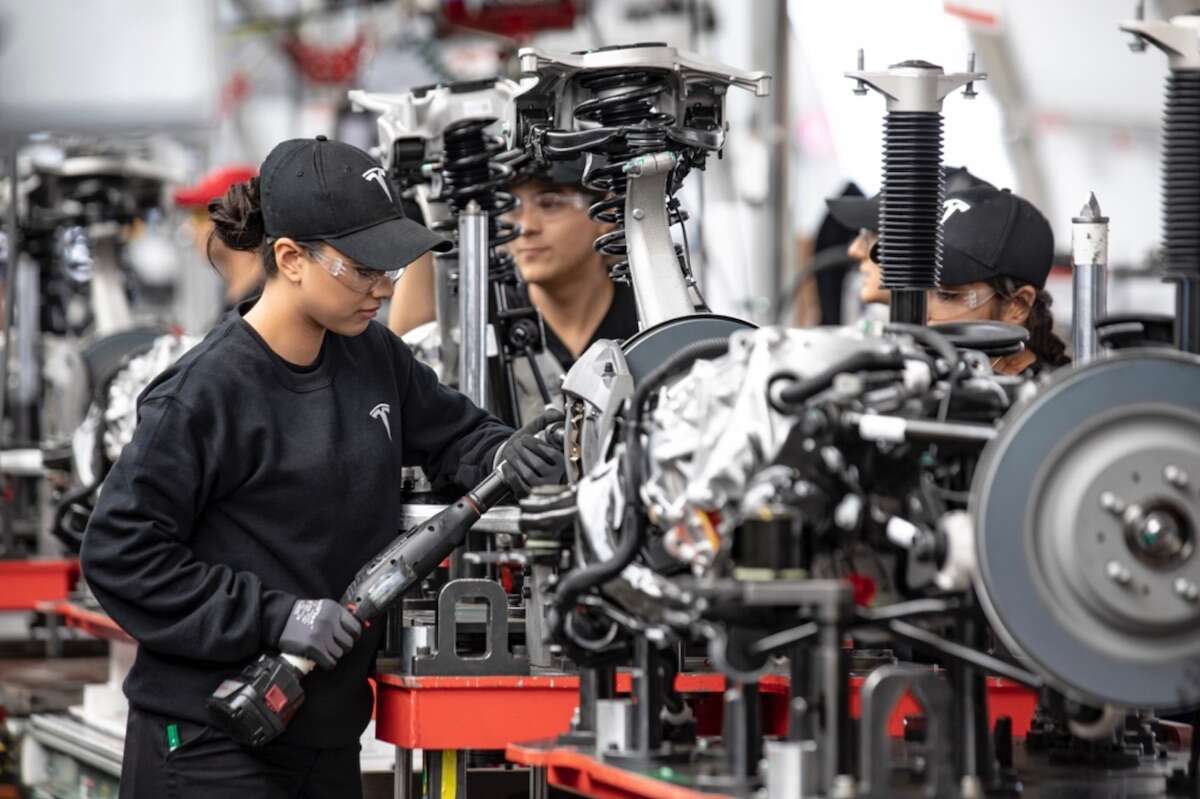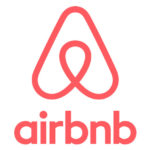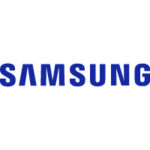Culture

Generally, Amazon organizational culture integrates the following five key elements: 1. Immense performance pressure. Amazon organizational culture has been described as “breakneck-paced, and notoriously cost-conscious, as befits a company that has run only a small profit, or a loss, under generally accepted accounting principles for most of its life as a public company.[1] Amazon organizational culture was fiercely criticized in 2015 in The New York Times article titled “Inside Amazon: Wrestling Big Ideas in a Bruising Workplace”. Specific flaws mentioned in the article include unrealistic performance standards, the work culture based on fear and the lack of recognition of employee contribution. The article caused debates in the media and even prompted a response from Amazon CEO at the time Jeff Bezos. Furthermore, work culture at Amazon has been described as “purposeful Darwinism” approach for employee management.[2] Generally, pushy, combative and ‘bruising’ organizational culture is perceived as outdated. Nowadays, the popular belief is that workplaces need to be nurturing and encouraging, and managers need to be nice and friendly and treat their employees like family in order for a company to succeed. The largest internet retailer in the world by revenue proves this belief wrong. Amazon has a very intense corporate culture with an extensive emotional and even physical pressure to some employees. Nevertheless, Amazon along with Alphabet has been recognized by LinkedIn as the best place to work in US in 2021.[3] This can be explained in a way that Amazon has a unique organizational culture that is not for everyone. Only employees who can thrive under immense pressure and fast-paced environment can survive in this company. 2. Constant reinvention and optimization of organizational culture. Amazon founder and CEO Jeff Bezos “emphasizes the importance of constantly assessing and adjusting Amazon’s culture so it never loses the agility, nimbleness, and hunger for…

Square organizational culture integrates the following 3 key elements: 1. Informal work environment. Work environment at Square is highly informal and this has a stark reflection the design of its offices worldwide. Moreover, “Square has designed its work spaces to be large, open and ripe for serendipitous collaboration”[1] In other words, Square organizational culture defies formality in the workplace through seemingly-casual, yet effective organization of workspaces. 2. Inclusion and diversity. Square organizational culture embraces and promotes diversity among employees at all levels. There are various employee communities in the company that cater for the interests of its members. These include Black Squares Association, Latinx, Asian Pacific Islander Squares, Veterans at Square and others. These communities are employee-run resource groups that promote universal inclusivity through networking, development opportunities, and social events.[2] In other words, people belonging to minority groups do not feel alienated when they join Square with positive implications on their work performance and overall happiness. 3. Social and economic impact. Square positions itself as a challenger to traditional banks. Specifically, the company attempts to democratise a wide range of financial services to simplify them and make these services available for small businesses for a little cost. From this point of view, the financial services and digital payments company is set to disrupt banking sector in a global scale. Such a challenger position attracts specific type of workforce, who are motivated by the perception of participating in and contributing to the worldwide change of banking services for the better. These types of highly motivated employees contribute to the formation of an advanced organizational culture at Square. Square Inc. Report contains the above analysis of Square organizational culture. The report illustrates the application of the major analytical strategic frameworks in business studies such as SWOT, PESTEL, Porter’s Five Forces,…

Uber organizational culture has been associated with sexual harassment and discrimination during the leadership period of co-founder and former CEO Travis Kalanick. In June 2017 the global transportation technology company “fired more than 20 employees after a company investigation into sexual harassment claims and workplace culture.”[1] Uber company culture crisis has resulted into the resignation of CEO Travis Kalanick. Uber’s new CEO Dara Khosrowshahi, has successfully led internet travel company Expedia for 12 years. Mr. Khosrowshahi had an important task of sophisticating Uber organizational culture so that the ride-hailing giant can improve its image and eventually become profitable. Change management of Uber organizational culture initiated by Dara Mr. Khosrowshahi can be explained applying Lewin’s Model of Culture. The model divides change management in organizational culture into 3 stages: Stage 1: Unfreezing. During this stage, the necessity of cultural changes for the long-term growth prospects of the company needs to be explained to employees at all stages. Khosrowshahi had dealt with this stage effectively. The new CEO stressed the importance of appropriate organizational culture in a majority of meetings with internal and external stakeholders. Moreover, “Uber’s new CEO had employees write and vote on cultural guidelines for the workplace”[2]. In total about 12000 employees voted and the results of voting determined underlying principles for Uber’s new organizational culture. Stage 2: Implementing changes. According to results of the voting discussed above, new principles of Uber organizational culture have been developed as the following[3]: We build globally, we live locally. We are customer obsessed. We celebrate differences. We do the right thing. We act like owners. We persevere. We value ideas over hierarchy. We make big bold bets. Stage 3: Refreezing. Uber is attempting to promote its new culture to all organizational stakeholders in general and employees in particular. The global transportation technology…

Tesla organizational culture integrates the following five key elements: 1. Ambitious innovation. Tesla has been founded right after auto giant General Motors recalled and destroyed its EV1 electric cars.[1] Starting a business in a segment where large and experienced players such as GE have failed is a clear indication of abundant ambitions of founders including Elon Must. Founders have adapted product and process innovation as a strategic tool to realize their ambitions in practice. Ambitious innovation has been deeply ingrained in Tesla organizational culture. 2. Adherence to ‘First Principles’ method. Elon Musk insists that employees use First Principles method, also known as reasoning from first principles in dealing with problems. It has been noted that “first principles thinking requires you to dig deeper and deeper until you are left with only the foundational truths of a situation”[2]. Arguably, process and product innovations at Tesla can be credited to the successful application of first principles to a significant extent. 3. Doing things differently. Tesla corporate culture encourages employees at all levels to experiment with different ways of doing business. The electric automaker is well known for challenging the status quo of conducting business. Especially, the company’s marketing and HR practices are fundamentally different from other global auto manufacturers. 4. Lack of bureaucracy. Day-to-day operations and communications in the company are not bounded by strict levels of management and bureaucracy. An email from CEO Elon Musk sent to employees a few years ago stressed that “anyone at Tesla can and should email/talk to anyone else according to what they think is the fastest way to solve a problem for the benefit of the whole company. You can talk to your manager’s manager without his permission, you can talk directly to a VP in another dept, you can talk to me, you can talk…

Grainger organizational culture integrates the following key elements: 1. Diversity and inclusiveness. Grainger organizational culture can be classified as inclusive. The B2B distributor places a great emphasis on diversity within the workforce and focuses on representation of minorities in the company. Grainger was named Best Company to work for Millenials by The Women’s Choice Award.[1] 2. Value for technology and innovation. The global industrial supply company duly recognizes the importance of technological innovation and attempts to adopt innovation approach to various business processes and problem solving constantly. 3. Focus on teamwork. The industrial supply company employs about 25000 people worldwide[2] and employees are organized into teams of varying sizes. The company attempts to extract maximum benefit from teamwork and promotes the values of collaboration and knowledge sharing across employees at all levels. Global MRO products distributor has the following mission statement that the company attempts to align with its corporate culture[3]: We keep the world working. As the way work gets done around the world continues to evolve, Grainger is here to serve customers like no one else can. According to framework of Harrison’s Model of Culture (1972), Grainger corporate culture can be classified as task culture. It worth to be specified that in organizations with task culture employee skills and competencies to deal with a task at hand play an integral role identification of a source of influence. In other words, the most experienced and competent team members have the highest influence in projects. W.W. Grainger Report contains the above analysis of W.W. Grainger organizational culture. The report illustrates the application of the major analytical strategic frameworks in business studies such as SWOT, PESTEL, Porter’s Five Forces, Value Chain analysis, Ansoff Matrix and McKinsey 7S Model on W.W. Grainger. Moreover, the report contains analyses of W.W. Grainger leadership, organizational…

Airbnb is a global hospitality service brokerage company that has more than 6 million listings in more than 191 countries and regions worldwide.[1] Started in 2008, the company became profitable in 2017, with a profit of USD93 million on revenue of USD2.6 billion.[2] Apart from the business beings started at the right place on the right time, Airbnb organizational culture plays an instrumental role in the success of the global accommodation and experience marketplace. Airbnb organizational culture integrates the following three key elements: 1. Inclusivity and acceptance. Airbnb has a welcoming culture for employees, hosts and guests regardless of gender, race, sexual orientation and political views. Inclusivity and acceptance is placed at the core of Airbnb corporate culture. Airfinity employee resource groups within the company facilitate employee relationships through common cultures and backgrounds, as well as interests. There are twelve Airfinity employee resource groups such as LGBTQ, African-American, Latinx, Women in Tech, Veterans, and Parents. 2. Paramount role of company’s vision and mission. While almost all big companies like Airbnb have their vision and mission statements, very few companies apply them on daily business with the same intensity as Airbnb does. Airbnb has chosen a mission “to create a world where anyone can belong anywhere, providing healthy travel that is local, authentic, diverse, inclusive and sustainable”.[3] Regardless of their professional competencies, the global rental and experiences platform only employs candidates whose personal values and worldview resonate well with Airbnb vision and mission. Specifically, “every candidate that makes it through to an interview goes through a set of interviews related to their role, and they have two additional interviews related to core values.”[4] Moreover, the global rental and experiences platform illustrates its unquestioned commitment to its ‘belong anywhere’ vision at all levels. For example, Airbnb offices are ‘belong anywhere…

The origins of Microsoft organizational culture have been laid by founders Bill Gates and Paul Allen as an innovative, but performance-obsessed. From its founding in 1972, the technology company became a market leader in a range of segments partially thanks to its corporate culture associated with efficiency and creativity. However, this changed during Steve Ballmer leadership era covering 2000-2014 with negative implications on company’s market share and stock prices. After assuming the top job in 2014, rebooting Microsoft organizational culture was one of the key tasks for the new CEO Satya Nadella. Currently, the global technology company is actively placing One Microsoft concept at the core of its organizational culture. Microsoft organizational culture combines the following three key features. 1. Learn-it-all mentality. Nadella is credited with transforming Microsoft’s historical ‘know-it-all’ culture into ‘learn-it-all’ curiosity.[1] Nowadays, Microsoft corporate culture accepts that no employee can know everything about the industry and their specialty. At the same time, organizational culture at Microsoft encourages its employees at all levels to maintain an open mind towards learning new skills and capabilities that will help them to do their jobs better in a systematic manner. 2. Openness. CEO Satya Nadella told in an interview that anyone should be able to tell him anything and that’s the culture they strive for[2]. Moreover, industry analysts also note that “since chief executive Satya Nadella was appointed in February 2014, Microsoft has become a far more open place”[3] 3. Value for innovation. Under the leadership of former CEO Steve Ballmer, the global technology company was often criticized for the lack of innovations in its product portfolio. Satya Nadella has announced his commitment to change this perception by integrating the values of innovation and creativity into Microsoft organizational culture. 4. Diversity and inclusion. The company attempts to promote the culture of…

According to Harrison’s model of culture, Xiaomi organizational culture can be classified as power culture. Specifically, powers of decision making at the internet technology company are concentrated in the hands of founder and CEO Lei Jun. Inspirational and effective leadership style of Lei Jun justifies the necessity of power culture for Xiaomi. Xiaomi organizational culture integrates the following three key elements: 1. “Just for Funs” concept. The tagline “Just for fans” is placed at the core of Xiaomi organizational culture. Founder and CEO Lei Jun explains that “the culture of fandom is about becoming friends with our consumers.”[1] There is a story of a master’s student who spends free time doing MiUI testing and moderating a Xiaomi fan forum that nets 200,000 posts every day as a volunteer.[2] 2. Innovation and creativity. Company’s official website claims that “we are incredibly flat, open, and innovative. No never-ending meetings. No lengthy processes. We provide a friendly and collaborative environment where creativity is encouraged to flourish.”[3] In other words, Xiaomi aims to promote informal organizational culture at all levels with positive implications on employee creativity. 3. Intense working culture. Xiaomi organizational culture can be characterized as intense. This is due to cost leadership business strategy followed by the company in a way that effective application of this strategy involves deriving the maximum benefit from resources, including human resources. Departure of former Google executive Hugo Barra from the key post of Xiaomi international vice president has been said to be linked to negative elements of Xiaomi organizational culture. Specifically, Barra said he was leaving because difficulties of living in “such a singular environment” had “taken a huge toll” on his life.[4] Xiaomi Inc. Report contains a full analysis of Xiaomi organizational culture. The report illustrates the application of the major analytical strategic frameworks in business…

Samsung organizational culture has been traditionally seniority-oriented reflecting the national culture of its home country South Korea. Positive aspects of such a culture may include higher levels of employee loyalty and faster speed of decision making. On the negative side, however, seniority-oriented organizational culture does not encourage junior employees to communicate their ideas and propose initiative to their superiors. Such ideas and initiatives may prove to be insightful and play an instrumental role in new product development or adding innovative features and capabilities to existing products. Taking into account critical role of innovations and creativity in electronics industry, it can be argued that negative aspects of seniority-oriented corporate culture outweigh its positive aspects for Samsung. The company is aware of this and in 2016, the senior management announced plans to reform Samsung organizational culture. These reforms included simplification of job rankings from the previous seven stages to four stages and employees calling each other by their name with the suffix “-nim,” which shows respect in Korean, instead of calling them by their job titles, such as manager or director.[1] Moreover, culture-related changes vowed by the company included holding more online internal discussions and reducing extraneous meetings, reducing overtime and encouraging employees to spend their weekends with family or pursuing professional education opportunities.[2] However, the implementation of cultural changes announced above a year ago, now seems questionable. This is because Jay Y. Lee, former Samsung executive and de facto head of the Samsung conglomerate who announced these cultural changes was jailed for five years for offering bribes to former president of South Korea and other officials, as well as, for other crimes.[3] Samsung Group Report contains a full analysis of Samsung organizational culture. The report illustrates the application of the major analytical strategic frameworks in business studies such as SWOT, PESTEL, Porter’s…

Founders of the company Sergey Brin and Larry Page wrote in the original founders’ letter that “Google is not a conventional company. We do not intend to become one.”[1] Such an unconventional spirit is present in various aspects of Google organizational culture. Google organizational culture integrates the following three key elements: Encouragement of creativity. Google organizational culture embraces collaboration and creativity, and encourages the iteration of ideas to address complex technical challenges. Encouragement of creativity from employees at all levels is evident in many aspects of the business. Openness and freedom. Internal transparency is an important element of Google organizational culture. It has been noted that “on every software engineers’ first day, he or she gets access to almost all of Google’s code; every employee can view the personal goals and objectives of every other employee.”[2] Googleplex, Google’s headquarters in Mountain View, California, as well as, other Google offices around the world are open spaces and they look more like an adult playground, not a place for work.[3] Supporting employees at multiple levels. While work pressure for Google employees may be high, the internet giant offers an extensive range of tangible and intangible benefits to increase employee job satisfaction. These benefits include free breakfast, lunch, and dinner, free health and dental, free haircuts, free dry cleaning, subsidized massages, gyms and swimming pools, video games, foosball and ping pong. The company even employs a chief happiness officer whose sole job is to keep employees happy and maintain productivity.[4] Alphabet Inc. (Google) Report contains a full analysis of Google organizational culture. The report illustrates the application of the major analytical strategic frameworks in business studies such as SWOT, PESTEL, Porter’s Five Forces, Value Chain analysis and McKinsey 7S Model on Alphabet Inc.. Moreover, the report contains analyses of Google leadership, organizational structure…
